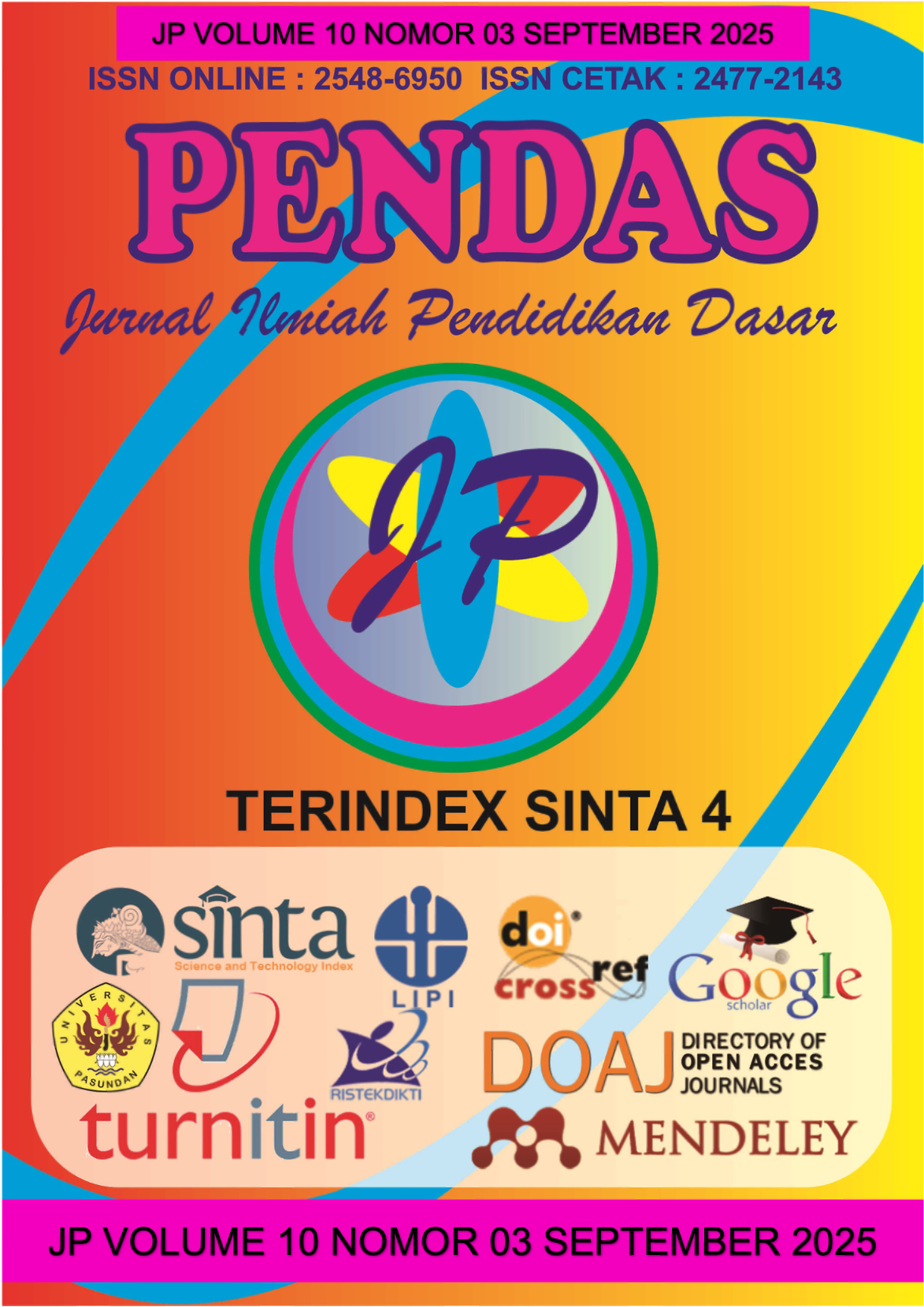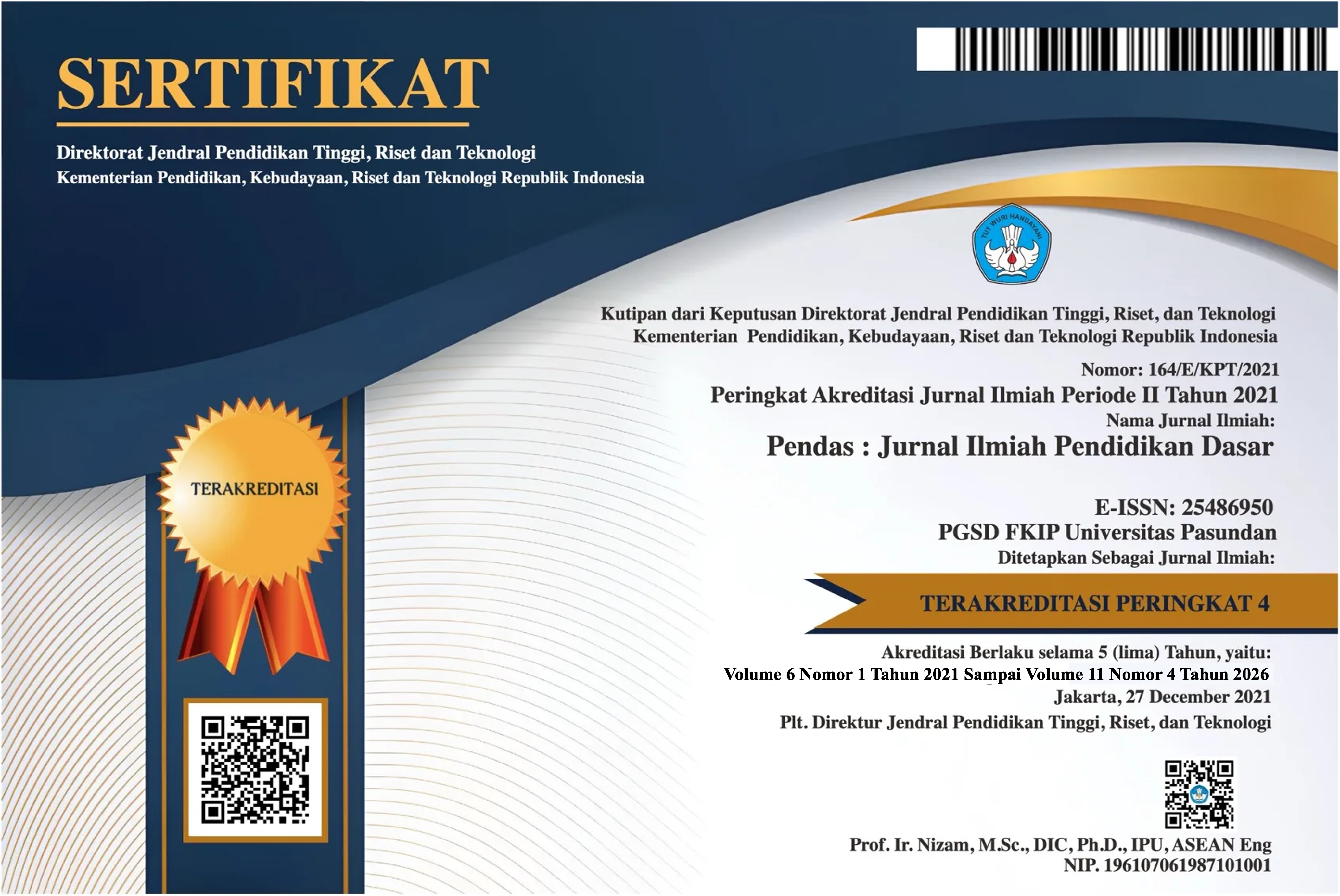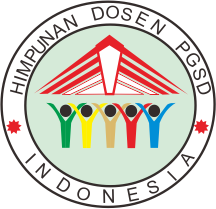MANAJEMEN PENJAMINAN MUTU UNTUK MENINGKATKAN KOMPETENSI MAHASISWA DI PERGURUAN TINGGI
DOI:
https://doi.org/10.23969/jp.v10i03.30188Keywords:
Internal Quality Assurance System (SPMI), Defense University, Education Quality.Abstract
This study examines the implementation of the Internal Quality Assurance System (SPMI) at the Republic of Indonesia Defense University (Unhan), focusing on the planning, implementation, evaluation, and follow-up actions carried out by the university to improve the quality of education. The purpose of this study is to evaluate the effectiveness of SPMI at Unhan and to identify the challenges encountered at each stage. The research method employed is a qualitative approach, using interviews, observation, and documentation as data collection techniques.
The results of the study show that although Unhan has demonstrated a strong commitment to planning and implementing the SPMI, several obstacles remain, such as limited resources, lack of stakeholder involvement, and challenges in developing a competency-based curriculum and teaching. Evaluation and follow-up actions were also found to be less effective, as they tended to focus more on administrative aspects rather than academic development. Therefore, this study suggests that the university improve stakeholder engagement, enhance resource management, and optimize outcome-based evaluation and follow-up actions to sustainably improve the quality of education.
Keywords: Internal Quality Assurance System (SPMI), Defense University, Education Quality.
Downloads
References
Albright, D., & Jorfi, S. (2020). International Standards in Higher Education: A Focus on Defense and Security Education. Journal of Higher Education, 25(3), 210-225.
Bass, B. M. (1990). From transactional to transformational leadership: Learning to share the vision. Organizational Dynamics, 18(3), 19-31.
Creswell, J. W. (2014). Research Design: Qualitative, Quantitative, and Mixed Methods Approaches (4th ed.). SAGE Publications.
Deming, W. E. (1986). Out of the Crisis. MIT Press.
Gagne, R. M. (2014). Principles of Instructional Design (5th ed.). Cengage Learning.
Glickman, C. D., Gordon, S. P., & Ross-Gordon, J. M. (2010). Supervision and Instructional Leadership: A Developmental Approach (9th ed.). Pearson.
Hallinger, P., & Heck, R. H. (1998). Exploring the principals’ contribution to school effectiveness: 1980–1995. School Effectiveness and School Improvement, 9(2), 157-191.
Leithwood, K., Harris, A., & Hopkins, D. (2004). A review of the impact of leadership on student outcomes: Final report. London: Department for Education and Skills.
Marginson, S. (2016). Higher Education and the Common Good. Cambridge University Press.
Miles, M. B., Huberman, A. M., & Saldana, J. (2014). Qualitative Data Analysis: A Methods Sourcebook (3rd ed.). SAGE Publications.
Schön, D. A. (1983). The Reflective Practitioner: How Professionals Think in Action. Basic Books.
Spencer, L. M., & Spencer, S. M. (1993). Competence at Work: Models for Superior Performance. Wiley.
Senge, P. M. (1990). The Fifth Discipline: The Art and Practice of the Learning Organization. Doubleday.
Tinto, V. (2017). Completion and Graduation in Postsecondary Education: Pathways, Contexts, and Cultures. Routledge.
Wiles, J., & Bondi, J. (2007). Curriculum Development: A Guide to Practice (7th ed.). Pearson.
Wright, D. (2016). Integrating Technology into Education: The Role of E-Learning in Modern Pedagogy. Journal of Educational Technology, 31(2), 15-28.
Downloads
Published
Issue
Section
License
Copyright (c) 2025 Pendas : Jurnal Ilmiah Pendidikan Dasar

This work is licensed under a Creative Commons Attribution 4.0 International License.



















